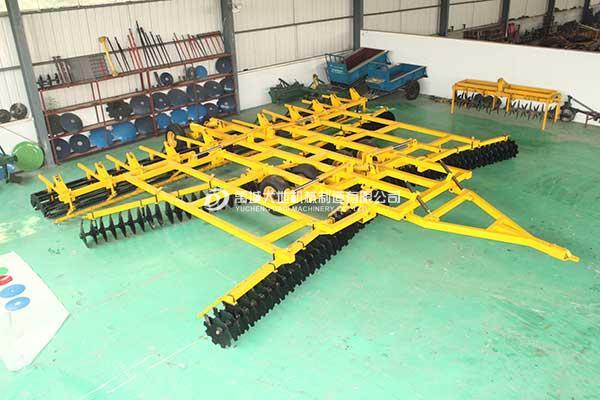What are the advantages and disadvantages of casting and forging
Release time:
2022-12-26 09:45
Source:
Advantages and disadvantages of casting and forging
Advantages
One of the advantages of casting and forging is the flexibility of design. Personnel design has a large degree of freedom of design choice for the shape and size of castings, especially for parts with complex shapes and hollow sections. Steel castings can be manufactured using a unique process known as core assembly. Its formation and shape change are very easy, and the conversion speed from pattern to finished product is very fast, which is conducive to fast quotation response and shortened delivery time. The shape and quality design, small stress concentration factor and strong overall structure all reflect the flexibility and process advantages of castings and forgings.

1. Casting and forging metallurgical manufacturing adaptability and variability, can choose their own different chemical composition and organization of internal control, adapt to the requirements of different environmental engineering in various ways; can be at the same time through the analysis of different heat treatment process in a larger range of mechanical properties and the use of network performance, and have a good welding performance and processing product performance.
2. The isotropy of the casting and forging material and the overall structure of the casting and forging are strong, which improves the reliability of the project. It has the advantages of short delivery time and has a competitive advantage in terms of price and economy.
The weight of castings and forgings can vary greatly. The precision of investment casting with small weight can only reach tens of grams, while the weight of large steel castings can reach several tons, tens of tons or even hundreds of tons.
Disadvantages
1. Organizational heterogeneity. After the liquid metal is injected into the mold, the liquid metal layer contacting the mold wall becomes finer particles due to the rapid temperature drop. With the increase of the die wall distance, the influence of the die wall gradually weakens, and the crystals grow into parallel columnar crystals along the direction perpendicular to the die wall. In the middle part of the casting and forging, the heat dissipation has no obvious direction, and it can grow freely in all directions until it contacts each other to form an equiaxed crystal zone. It can be seen that the organization of castings and forgings is uneven, and generally speaking, the grains are relatively rough.
2. The tissue is not dense. The crystallization of liquid metal occurs in the way of branch growth, and the liquid metal between the branches finally solidifies, but the branches are difficult to be completely filled with liquid metal, resulting in a general lack of compactness of castings and forgings. In addition, if the liquid metal injected into the mold shrinks in volume during cooling and solidification, it is not fully replenished, and pores or even shrinkage cavities may be formed. Graphite in castings and forgings often appears in flake, spherical or other large-sized shapes, and can also be regarded as a non-dense structure.
Due to the characteristics of castings and forgings, almost all industrial sectors need castings and forgings, especially widely used in ships and vehicles, construction machinery, construction machinery, construction machinery, power station equipment, mining machinery and metallurgical equipment, aerospace equipment, oil wells and chemical equipment and other fields. As for the application of steel castings in different industry sectors, the situation may be very different due to the specific conditions of different countries.
Previous Page
Next Page
Related News
The correct use and maintenance of the disc harrow: in operation, the technical condition of the rake, scraper, square shaft, bearing, angle adjuster and connecting parts should be checked frequently, especially the end nut of the disc harrow group and the fixing bolts of each bearing. If it is found loose, tighten it in time, and remove the weeds and dirt on the workpiece in time.
How to maintain planter accessories
Planter A planting machine using crop seeds as a planting object. Planters for a certain type or crop are usually named after the crop type, such as wheat planter, cotton planter, etc. Planter accessories are very effective in farmland operations, so the planter accessories are easily damaged. Next, the planter manufacturer will introduce how to maintain the planter accessories. Before using the planter, we should have a simple and comprehensive understanding of the principles of all planter accessories. The planter manufacturer stated that it can be effective as long as the maintenance is carried out on the correct accessories to ensure the normal use of the planter accessories. The planter will extend its life.
Defects in castings and forgings
The defects produced in the casting and forging process are similar to the defects produced in the ingot, but they are still process defects, including pores, inclusions, shrinkage holes, loose holes, cracks, etc.
Production of castings and forgings
Castings and forgings must be melted by electric furnaces, mainly electric arc furnaces and induction furnaces. According to the different lining materials and slag system, can be divided into acidic furnace and alkaline furnace. Carbon steel and low alloy steel can be smelted in any furnace, but high alloy steel can only be smelted in alkaline furnaces.
Inspection of Casting and Forging
The complex information system management interface of casting and forging, such as poor ultrasonic penetration, coarse grain, uneven organization, etc., all enhance the scattering of an ultrasonic wave by students, and the energy can be effectively attenuated, so that the detectable thickness is smaller than that of forgings.
What are the advantages and disadvantages of casting and forging
One of the advantages of casting and forging is the flexibility of design. Personnel design has a large degree of freedom of design choice for the shape and size of castings, especially for parts with complex shapes and hollow sections. Steel castings can be manufactured using a unique process known as core assembly.



